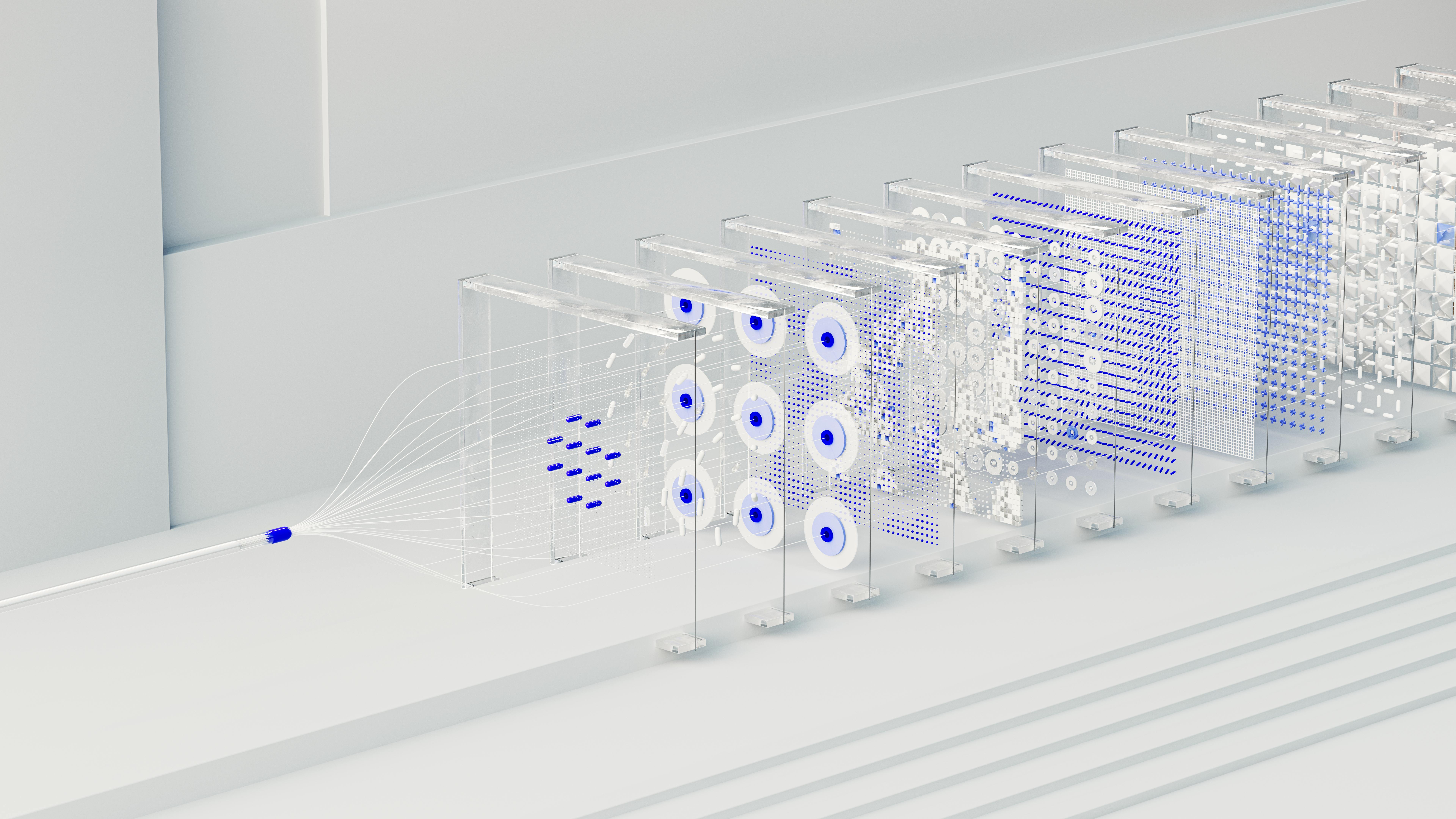In the digital world, where risk postures and behaviors are changing and new risks are emerging, actuaries need to function as business strategists, looking beyond historical data and increasing agility in rate filings.
Disparate data stores and lack of granularity across the enterprise, coupled with legacy systems, have forced actuaries to spend significant effort on data processing. This affects their work in core activities, such as
- Reserving Studies
- Rate Filing
- Risk Analysis
- Profitability Studies
Also, traditional generalized linear models (GLMs) may not be able to handle very large or high-dimensional data sets and unstructured data (telematics, sensors, images, etc.), limiting their accuracy or effectiveness to capture behavioral changes, forecast claim cost trends and revise their assumptions. Heavy reliance on spreadsheets for rating and lack of governance and traceability pose delays in filing rates and responding to audit inquiries.
Generative AI as a companion for actuaries
The advancements in AI can be leveraged to alleviate the burden on actuaries and serve as a companion to improve their productivity and agility. Below are some applications where Gen AI can assist actuaries in streamlining workflows and enhancing capabilities:
- Data Processing for Experience Analysis: A significant amount of time is spent in cleansing and preparing data for analysis. AI can be leveraged to automate tasks such as pattern recognition, data correlation, outliers, transforming data into formats suitable for modeling (model input file generation, etc.)
- Data Enrichment: Based on pattern recognition and data correlation, a synthetic data generator can be leveraged to fill in the missing values in applicable scenarios, such as claims processing. Experience analysis can be enriched with additional socioeconomic, health or financial data, allowing the insurer to build up a more granular understanding of policyholders and factors that lead to differences in experiences across various cohorts.
- Code Conversion for Models: As part of actuarial transformation and tech debt reduction, organizations are increasingly migrating their code base from legacy technologies to R and Python, etc. Gen AI can analyze existing code, capture the tacit knowledge or business logic and create baseline code that serves as a jumpstart for modernization.
- Model Documentation: From a model governance standpoint, documentation plays a critical role to enable transparency and maintainability, but documenting complex actuarial models is time-consuming. In this context, Gen AI can analyze the model code and automatically create baseline technical documentation in natural language based on format, structure, etc. provided as input as part of prompt engineering. Quality can be enhanced by integrating prompting language and a retrieval augmented generation (RAG) process.
- Scenario Analysis: Scenario analysis is critical for assessing the risk exposure and defining mitigation strategies. In this context, digital twin (an AI-driven, multi-model, simulation-aided platform) can be leveraged to construct hypotheses, run various “what-if” simulations and determine the impact to the portfolio. The explainability component of digital twins enables actuaries to make informed decisions.
- Operational Efficiency: As part of the monthly or quarterly close, operations often face challenges manually traversing through various linked spreadsheets to identify and prepare inputs or references for the model run. An AI model can be used to analyze and document the upstream and downstream links relevant to a specific spreadsheet, process or output report.
These applications help to automate repetitive tasks, improve accuracy and increase efficiency and enable actuaries to focus on the core, as a business strategist.
See also: Balancing AI and the Future of Insurance
Human + AI Partnership
To realize the true value of human/AI partnership, governance and guardrails are the foundation, and Gen AI needs to be leveraged responsibly and aligned to ethical standards and regulations. As part of its evolution, Gen AI will play an assist and augment role, and actuaries (human) will still be responsible for defining model parameters, interpreting results, driving strategies and ensuring twin objectives are met. Re-imagined actuaries in collaboration with data scientists will drive innovation in continuous underwriting, loss reserving, product innovation, sustainable investments, personalized pricing and profitability, transforming the insurer.








